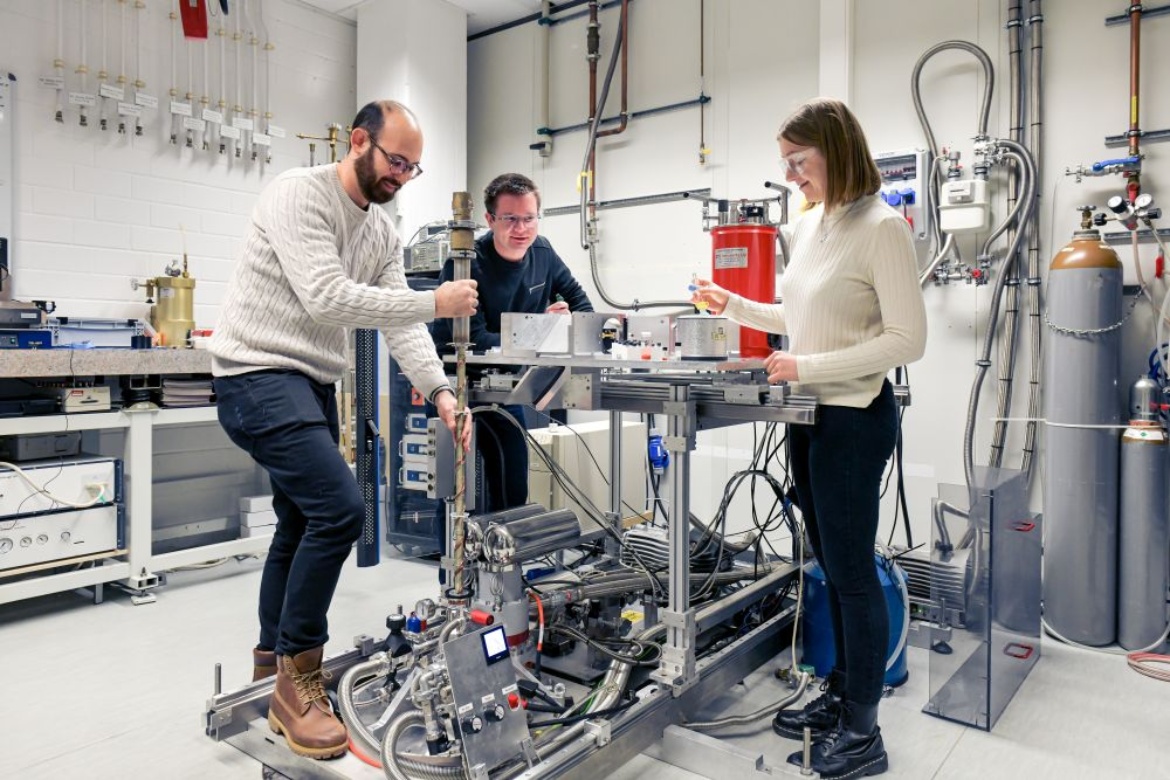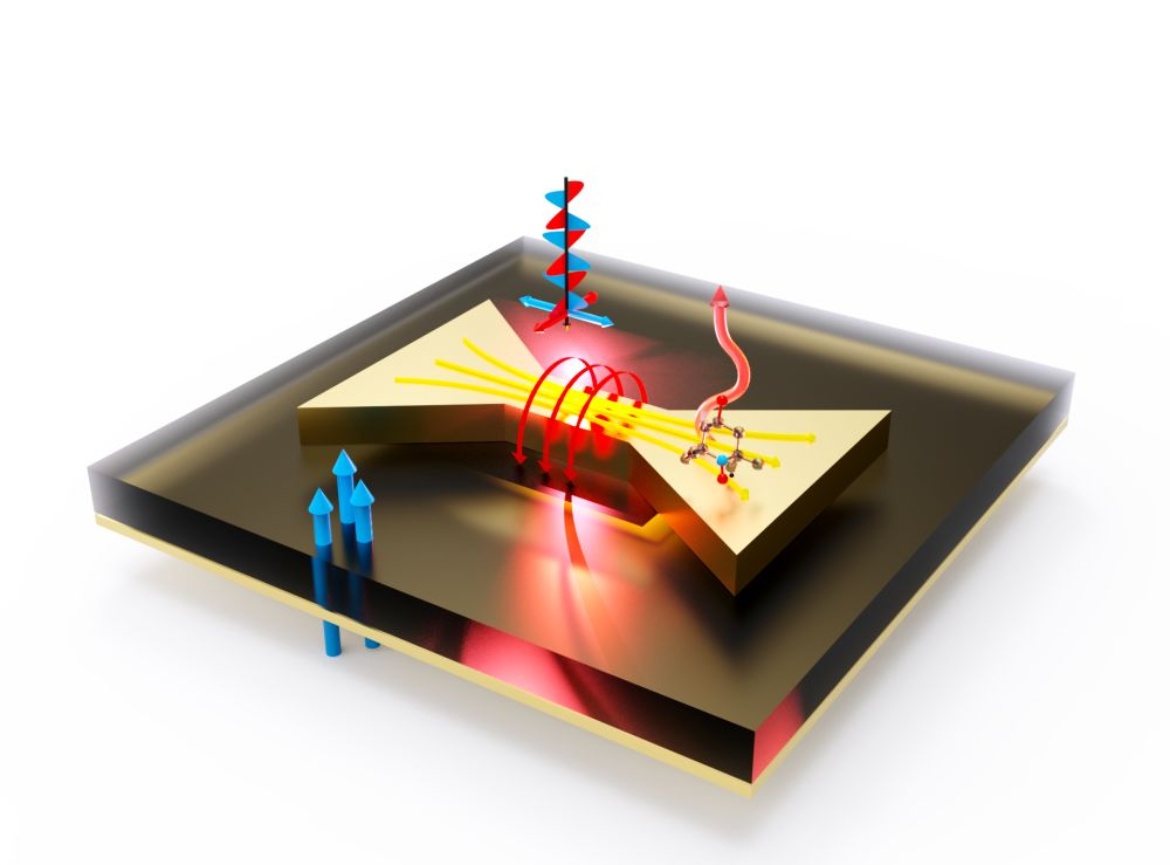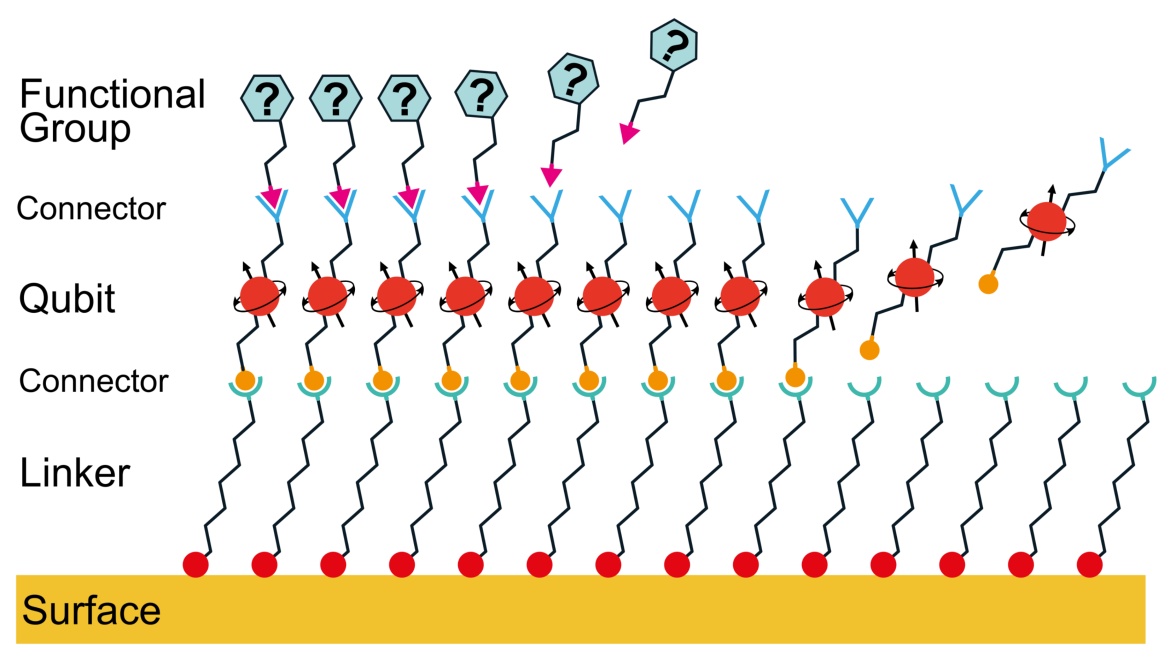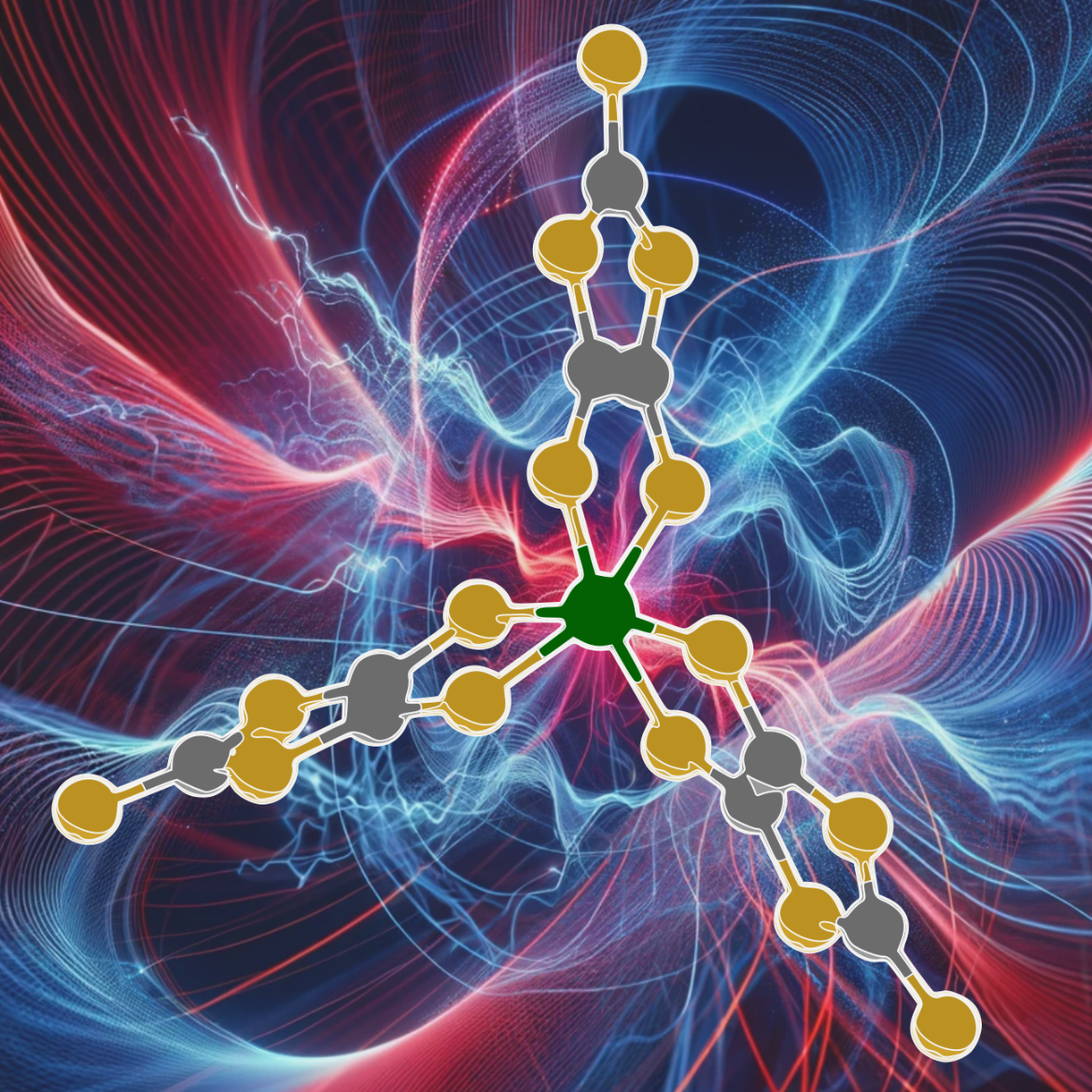I am setting up my new group as an independent junior researcher. Initially, the group will consist of two doctoral researchers and myself. The project aims to develop metasurface capable of focusing terahertz magnetic fields in a 2D region. These will be used to enhance the sensitivity of electron spin resonance experiments on thin films and monolayer molecular samples. Molecular spin quantum bits will be the main class of target materials to be studied.
Research topics
THz Magnetic Metasurfaces
Spectroscopy in the Terahertz (THz) frequency range has remained unexplored for long time, a phenomenon known as the THz gap. THz radiation, used in spin resonance, improves spectral resolution, enhances spin polarization, and provides access to otherwise undetectable resonances. However, its use has been limited to large sample volumes. To overcome this limitation, we work to develop plasmonic metasurface resonators to confine THz magnetic fields in two-dimensions, therefore increasing the signal for small sample sizes and thin films down to a few nanometres.
Molecular Spin Qubits
Molecular spin qubits are quantum bits that utilize the spin states of individual molecules, such as metal ions or organic radicals, as the basis for quantum information processing. They are the most versatile quantum platform due to the ability to synthetically tailor their chemical structure. A central focus of our work is to enhance the coherence times of these qubits, which is crucial for improving the stability and reliability of quantum computations. By developing innovative methods to control the interaction between qubits and their environment, we aim to mitigate decoherence and prolong the quantum states. Furthermore, our research is dedicated to expanding their applicability in practical quantum technologies, exploring novel strategies for their integration into devices and surfaces without compromising their quantum coherence.
More on the way
These highlighted topics represent just a fraction of the broad and diverse range of research areas currently under investigation in our group. Our team continues to explore a multitude of other cutting-edge subjects. You are always welcome to contact us for more information.






